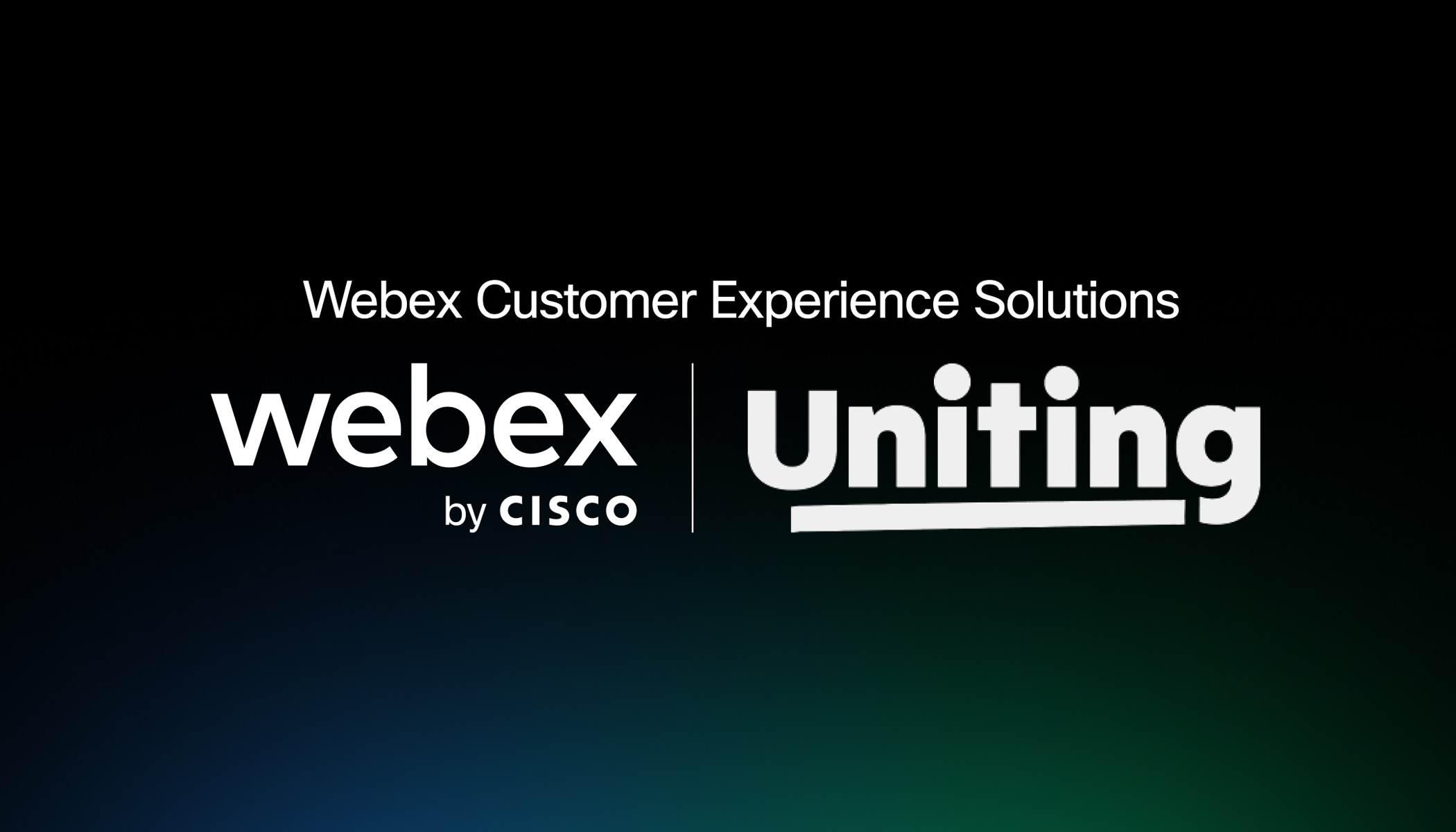More and more enterprises are investing in CPaaS solutions to help deliver rich and engaging customer interactions, across all channels. Here’s how to build a watertight business case and win over internal stakeholders.
Today’s customers are more critical, informed, and connected than ever before. And they expect you to deliver meaningful, joined-up interactions in the right place, at the right time – every time.
That’s where a Communications Platform as a Service (CPaaS) solution comes in – a centralized cloud-based platform that democratizes IT by inviting everyone to build, orchestrate and automate rich and engaging customer journeys.
In our new white paper, we unpack seven steps to secure internal investment in a CPaaS solution.
Understanding the CPaaS opportunity
Enterprise CPaaS solutions integrate the communication channels your customers use the most with your existing back-end systems, including your CRM and other data systems, enabling you to more easily personalize and enhance interactions.
The best enterprise CPaaS vendors also include simple, low-code development tools – such as a drag-and-drop journey builder – and AI-powered automation so you can:
- Easily build and amend customer journeys
- Rapidly automate communications
- Reduce inefficient manual processes
- Innovate with new customer channels
- Improve operational efficiency
And with 95% of global businesses expected to use CPaaS by 2025, it’s an ideal time to modernize your CX strategy. However, it’s unlikely that even this lengthy list of benefits will be enough to convince your executive teams, IT leaders, and other stakeholders to buy into CPaaS.
That’s why you need a watertight business case that captures an accurate view of your communication challenges, shows how CPaaS can address them, and speaks clearly to your stakeholders’ shared business goals.
Best practices to secure internal investment
Step #1: Identify your stakeholders and decision-makers
Your first step is to learn more about your key business decision-makers, including their needs, challenges, and priorities. Who these stakeholders are will vary depending on your organization, but their buy-in will have a direct impact on the success of your CPaaS strategy.
You will also need to identify the secondary stakeholders who stand to benefit from CPaaS, such as HR and facilities management, as their support may help influence others in the organization to get onboard.
Step #2: Analyze your current systems to find inefficiencies
Analyze your existing systems, solutions, and processes to identify inefficiencies. This will help add context to your case and show stakeholders the consequences of inaction – and, better still, the value of your proposed solution.
We also recommend surveying customer-facing teams, including sales and marketing who rely on accurate insight into the latest customer trends, to learn how your existing comms strategy prevents them from doing their best work.
Step #3: Determine how CPaaS can solve key business challenges
This is where your work so far will really start to pay off. By aligning the challenges you identified in the previous step to CPaaS benefits, you can clearly show how the right solution will help you respond and overcome them.
For example, you may build a table that maps each challenge to an expected resolution – such as improving low conversion rates by better coordinating sales and marketing teams to target customers with tailored experiences that resonate.
Step #4: Complete a supplier comparison
To help build confidence in your case, you’ll need to demonstrate a full understanding of the supplier landscape, including all potential CPaaS partners and vendors.
Be sure to include details such as API support, pricing, estimated onboarding times, and compatibility with your existing systems. Vendor case study examples can also do plenty of the heavy lifting by showing how its solution has helped businesses just like yours.
Step #5: Calculate ROI
Here we are – what your stakeholders really want to know: will it make us money?
Answering that question accurately is paramount to an effective business case. So, take the time to calculate implementation, maintenance, and licensing costs for your preferred CPaaS provider in a given period, and be sure to consider any associated costs such as training and staffing.
Once you’ve done the necessary math, you’ll be ready to show ROI as a percentage.
Step #6: Establish a full onboarding and training plan
It’s time to show stakeholders that you’ve considered the realities of onboarding a new solution at an enterprise level.
Consider any operational disruption, how you’ll mitigate it, and how long it’ll take – and cost – to get everyone up and running on your proposed CPaaS solution.
If your vendor provides onboarding support and automated maintenance, this can help demonstrate greater business value and ease the burden on your IT teams.
Step #7: Consolidate everything in an executive summary
The final step. Once you’re ready, wrap everything up into a succinct executive summary that your stakeholders can refer back to whenever they need to.
This is essentially your elevator pitch, and ideally, one that will be shared throughout the organization to help inform and speak to everyone in a way that’s relevant to them.
Join the CPaaS revolution
This is just an overview of our guide, Building a business case for CPaaS.
To dive deeper into the seven steps, read the full white paper or get in touch with one of our expert advisors here.





